¿Cómo maridar comido rápida con vino? Estos son los principales puntos en los que debes fijarte.


How do we interpret the flavors and aromas in a glass of wine? In this blog we’ll share 6 aspects to keep in mind to help improve your next tasting or food and wine pairing.
In the blog How to correctly prepare for a wine tasting, we recommend taking notes about what you liked or didn’t like for each of the wines you taste when visiting a winery. But beyond just the basics, how can we really describe a wine?
There are certain key concepts that will help make your descriptions more precise and complete. Here, we’ll share 6 that will allow you to better explain your reactions to the wines you taste. We’ll use Viñedos Veramonte wines as examples.
In the Food and Wine Pairing II Guide, we went a little deeper with ways to compliment some wine varieties with certain foods, opening up to the many varied options so you can identify what kinds of wines are enhanced with certain ingredients, and vice versa.
But before that, we need to classify the different varieties:
Dry white wine: Sauvignon Blanc, Pinot Gris (Grigio), Sauvignon Gris.
Sweet white wine: Semillon, Riesling, Gewürztraminer, Moscatel.
Rich or full-bodied white wine: Chardonnay, Roussanne, Marsanne, Viognier.
Sparkling wine: Sparkling wines, Champagne, Prosecco, Cava.
Light-bodied red wine: Pinot Noir (light-bodied), Rosé.
Medium-bodied red wine: Tempranillo, Garnacha, Merlot, Carménère.
Full-bodied red wine: Cabernet Sauvignon, Malbec, Syrah, Carignan, Cabernet Franc.
Sweet Wine: Late Harvest, Port-style wines
Used to talk about young wines that retain their vitality and acidity. Often they generate a small tingle around the tongue. If the acidity is very pronounced, knowledgeable wine drinkers would call it “crunchy” or “crispy”.
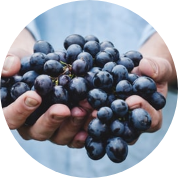
When we talk about a citric wine, we are most likely referring to white wine. Among the aromas that can be present are lemon zest, lime, mandarin, grapefruit, orange, etc.
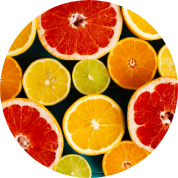
Among fruit aromas there is a sub-category of tropical fruits. These can include passionfruit, green passionfruit, mango, green mango, pineapple, ripe pineapple, banana peel.
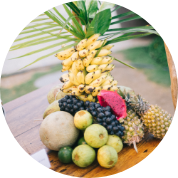
With this item we are referring to aromas and flavors that are reminiscent of vegetation. For example, grass, recently cut grass, dried grass, rue, mint, lavender, thyme, rosemary, eucalyptus, cilantro, and chive. If this aspect is too overpowering, it could mean that the wine is still very young, it’s a rather tough wine, or the wine was not well produced
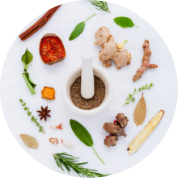
A description often used for red wines. It’s a very common descriptor when describing aromas. Among the fruits present are strawberry, raspberry, cherry, cranberry, pomegranate, etc. We should not confuse them with black fruits, that include blackberry, blueberry, black cherry, plum, and maqui. They’re used as descriptors for fuller-bodied red wines.
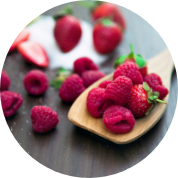
Also known as the bouquet, as Vinetur explains, they’re the result of all of the processes the wine undergoes while aging in barrels. They’re typical of the aging process: leather, black tempera, ink, cigar box, cedar, old wood, wet wood, tobacco, and soil.

¿Cómo maridar comido rápida con vino? Estos son los principales puntos en los que debes fijarte.
¿Sabes cuáles son los mejores bares y restaurantes de vino alrededor del mundo? Si amas el vino tanto como viajar, guarda este artículo.
¿Dónde tomar buen vino en Santiago? Estos son 4 bares y restaurantes de vino ideales para ti